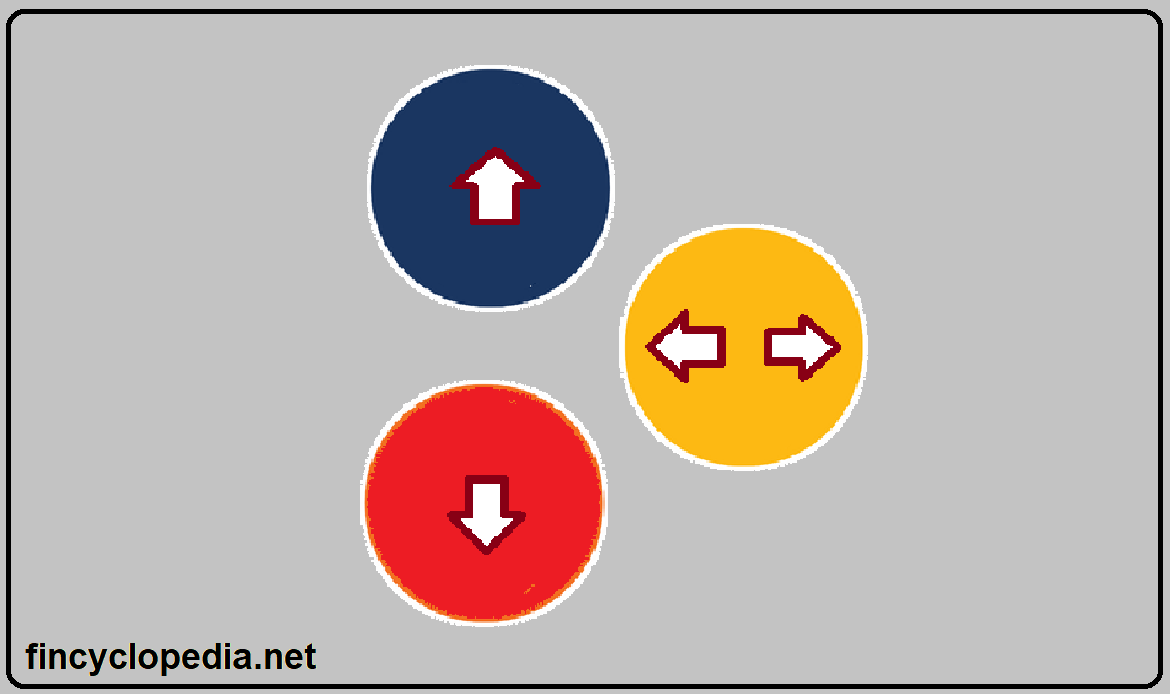Total equity is a measure of an entity’s equity that is calculated as the difference between its total assets and total liabilities. Total equity is one of the two main sources of long-term capital for an entity, the other being long-term debt.
By composition, total equity consists of all shares of stock issued (paid-in capital), plus additional paid-in capital, reserves and retained earnings, minus any own stock repurchases (treasury stock).
In other words, the components of total equity are:
Total equity = common stock + preferred Stock + additional paid-in capital +reserves + retained earnings – treasury stock
The proportion of reserves relating (attributable) to equity holders is part of total equity, while reserves attributable to other stakeholders are not.






